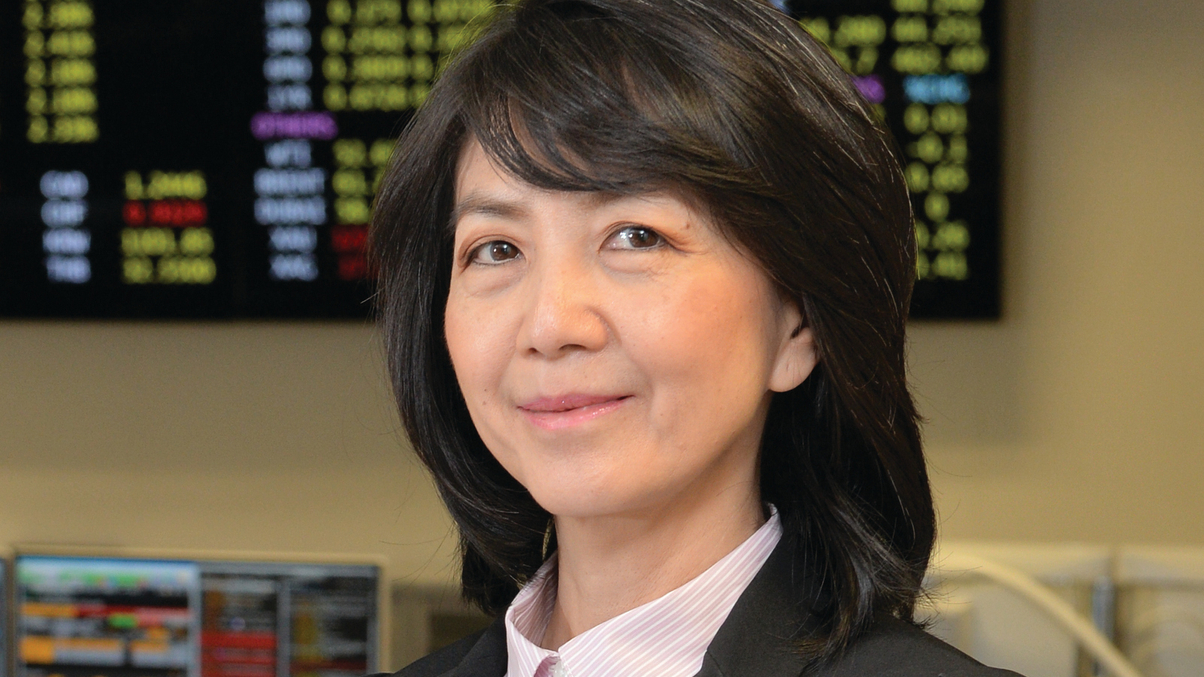Philippines' central bank sees diversification need
In an exclusive interview, Maria Ramona Santiago, head of treasury at Bangko Sentral ng Pilipinas, discusses the central bank's diversification plans and how it handles external managers.

Asian central banks have been forced to consider changing their portfolio composition after a prolonged period of low interest rates amid developed market quantitative-easing programmes in response to the global financial crisis.
Sign In to Your Account
Access Exclusive AsianInvestor Content!
Please sign in to your subscription to unlock full access to our premium AI resources.
Free Registration & 7-Day Trial
Register now to enjoy a 7-day free trial—no registration fees required. Click the link to get started.
Note: This free trial is a one-time offer.
¬ Haymarket Media Limited. All rights reserved.


